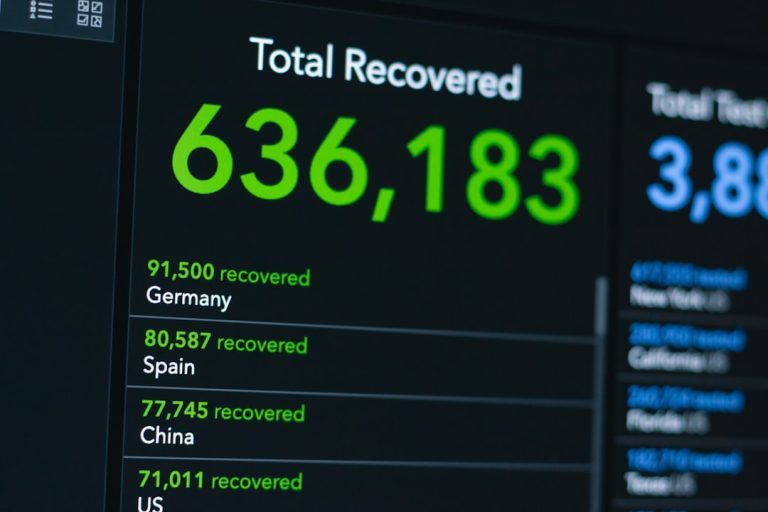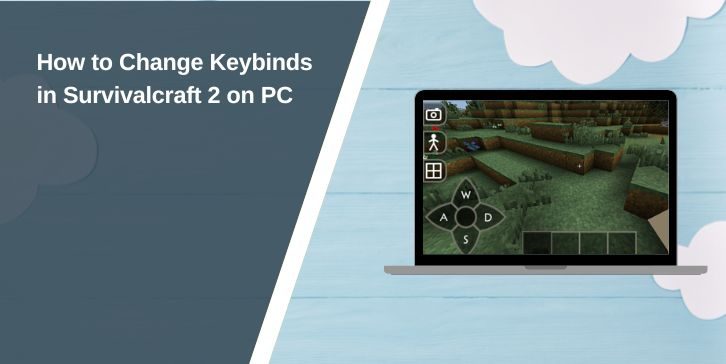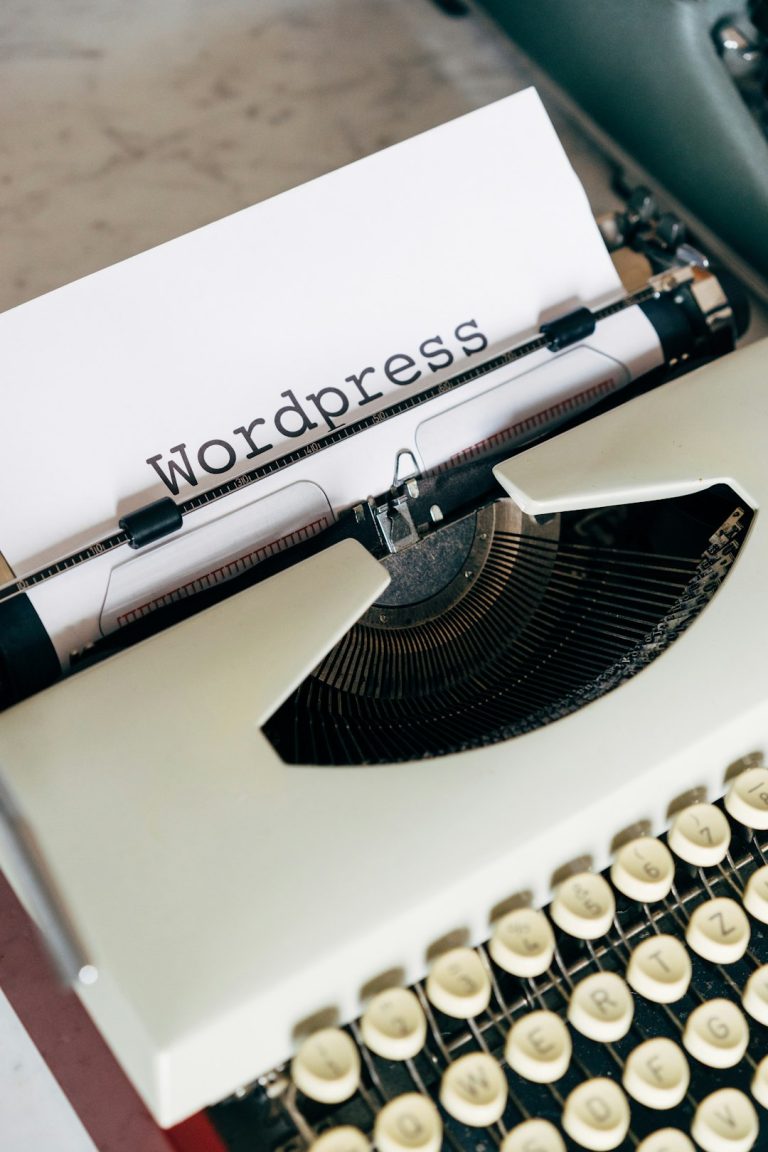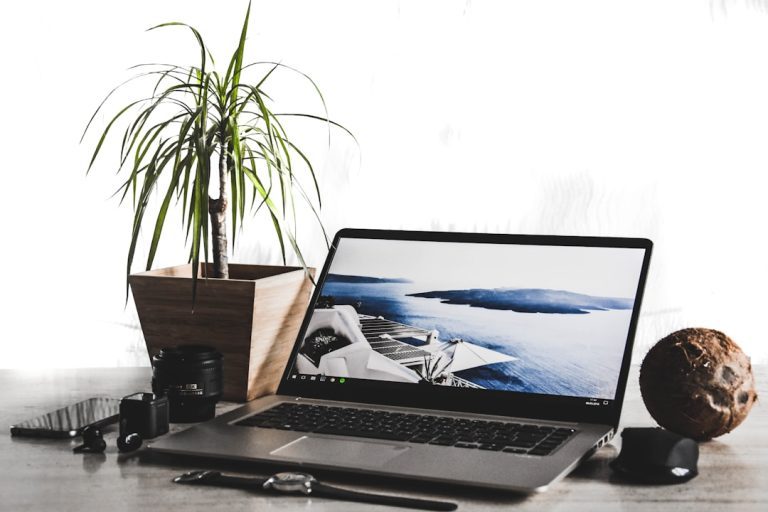Every graphic designer and their mum knows the secret to run a successful blog with a huge following – keep their minds alert to many different trends in the medium. At its core, blog success has everything to do with the ability to generate compelling and engaging content consistently over time.
Different bloggers employ different styles to meet this demand. However, one thing remains certain: A post won’t go very far without a blog image.
Let’s go back in time. For bloggers who started in the early 00s, blogging meant writing an update on your life or crafting a tutorial and voila! You would have a blog with a huge following up and running.
Photos in a blog post were not typical, and in the rare events when images were used, you were careful to include something like: ‘warning: image heavy.’
Fast forward to today. It is a blogging crime to publish a blog without an image. If you do, there are high chances that it will be snubbed by Facebook, Twitter, and even Google.
The Yoast SEO plugin encourages you to use images on your post more often! But…. where do you get awesome images from? Why should you use images in the first place?
You see, the use of images in your blog does not necessarily guarantee success. Just because they are essential doesn’t mean words aren’t too. Images are merely supporting tools. Let’s see why you need them in the first place.
The Importance of Images in a Blog Post

A picture is worth a thousand words. And in a niche that’s saturated with content right left and center, this cliché still holds very true for bloggers today. If a web visitor has a choice to choose which site to visit on Facebook or Pinterest, they will settle for one with an image that appeals to them.
Yes, your call to action indeed needs to persuade them too, but if you don’t use images, they will skip your blog post without thinking twice about it.
Are you not convinced yet? Here is another reason why you need proper images for your blog. High-quality images that are optimized could ranks first on the search engine when web users perform a Google image search. So apart from using images to make sharing your blogs on social media effective, consider Google images too.
Resources Available Online to Download in Loyalty Free Images

Truth be told unless you are a seasoned graphic designer or you are Picasso, creating stunning images from scratch can be a daunting affair. And the exciting bit is you don’t have to. You can build a decent image library for your blogs without spending a dime.
However, the challenge with these free images is that they are very generic. They are created for everyone. With a few design principles, you can make them uniquely yours. There are quite many websites out there that allow you to use stock images for your blog. Please check licenses every time as described in the site before embedding that image into your blog.
Here are a few websites that’ll come in handy when you need a stock image for your blog. This list is not in any way comprehensive.
How to Customize Images to Give Them a More Personal Feel

So what should you do if you can’t find the image you want from any of the websites? What if you are blogging about shower caps and you don’t want to use an image with someone naked enjoying their shampoo a tad too much?
Be creative! Bloggers are creative with words; you can be creative with images too can’t’ you?
Here are a few tips to help you design awesome images that’ll personalize your blog and represent your ideas precisely.
1. Have a Concept
Let me tell you a little secret.
99% of the time I spend choosing an image is dedicated to visualizing the concept behind the image. I spend the other 1% pulling the image together.
It is fine to mine for all the free stock images on the web. However, don’t make finding awesome images for your blog a scavenger hunt!
Whenever your blog is shared on the web, it will be presented to your audience in the form of the headline with a featured image and perhaps a short description. This primarily the reason why to you need a concept that can be tied to the image altogether.
Having spent a lot of time writing your original blog post, slapping a generic image in it won’t just cut it! When you have your copy complete, spend a little more time to create visual elements that you can tie it together.
2. Use Color and Type with a Purpose

There is no other way about it: Typography and color speak louder than words. Font and color make the difference between a boring stock photo that’s lame, and a memorable visual element that speaks volumes gets pinned, shared, and retweeted!
3. Don’t Be Afraid Of White Space
It is okay to have plenty of white space in your design. Fact is your message will be more precise if your visual elements have a little white space. So avoid too much clutter and non-essential design elements.
4. Size and Contrast Matter
It is not a secret anymore; bigger is not always better. This is true, especially when everything is big. Yikes!
Every graphic designer should know that if everything in the design is significant, then nothing is big at all!
Make use of font size variation to emphasize essential points! And not by adding a few points, ensure the difference looks like it was done on purpose. You can add more visual attractiveness and interest using contrast.
In Conclusion
When you have spent hours weaving together a killer post, the last thing you want to do is to spend more hours mining the perfect image. Forget the hunting and start creating. Having a visual image that blends well with your post will make it exciting, stronger, and memorable.
Now go ahead and grab a free image, develop a color scheme, and be the graphic designer that you are to create an image that’s unique to your needs.
Author Bio
Hemant is a Digital Marketer from InkyDeals. He has a keen interest in SEO, Content Marketing, and Web Design. He has a passion for getting new insights into the startup world and online businesses.





Comments are closed.